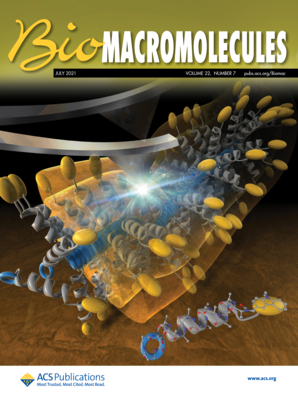|
Autors/es |
Abstract Protein amyloid nanofibers provide a biocompatible platform for the development of functional nanomaterials. However, the functionalities generated up to date are still limited. Typical building blocks correspond to aggregation-prone proteins and peptides, which must be modified by complex and expensive reactions post-assembly. There is high interest in researching alternative strategies to tailor amyloid-based nanostructures’ functionality on demand. In the present study, the biotin-streptavidin system was exploited for this purpose. Prion-inspired heptapeptides (Ac-NYNYNYN-NH2, Ac-QYQYQYQ-NH2, and Ac-SYSYSYS-NH2) were doped with biotin-conjugated counterparts and assembled into amyloid-like fibers under mild conditions. The scaffolds’ versatile functionalization was demonstrated by decorating them with different streptavidin conjugates, including gold nanoparticles, quantum dots, and enzymes. In particular, they were functionalized with peroxidase or phosphatase activities using streptavidin conjugated with horseradish peroxidase and alkaline phosphatase, respectively. Modification of amyloid-like nanostructures has generally been restricted to the addition of a single protein moiety. We functionalized the fibrils simultaneously with glucose oxidase and horseradish peroxidase, coupling these activities to build up a nanostructured glucose biosensor. Overall, we present a simple, modular, and multivalent approach for developing amyloid-based nanomaterials functionalized with any desired combination of chemical and biological moieties. |
Altmetrics
|
|
Publicació Biomacromolecules, 1 July 2021, v.22, n.7, p. 2822-2833 |
||
|
Data de publicació 2021-07-01 |
||
|
DOI |



